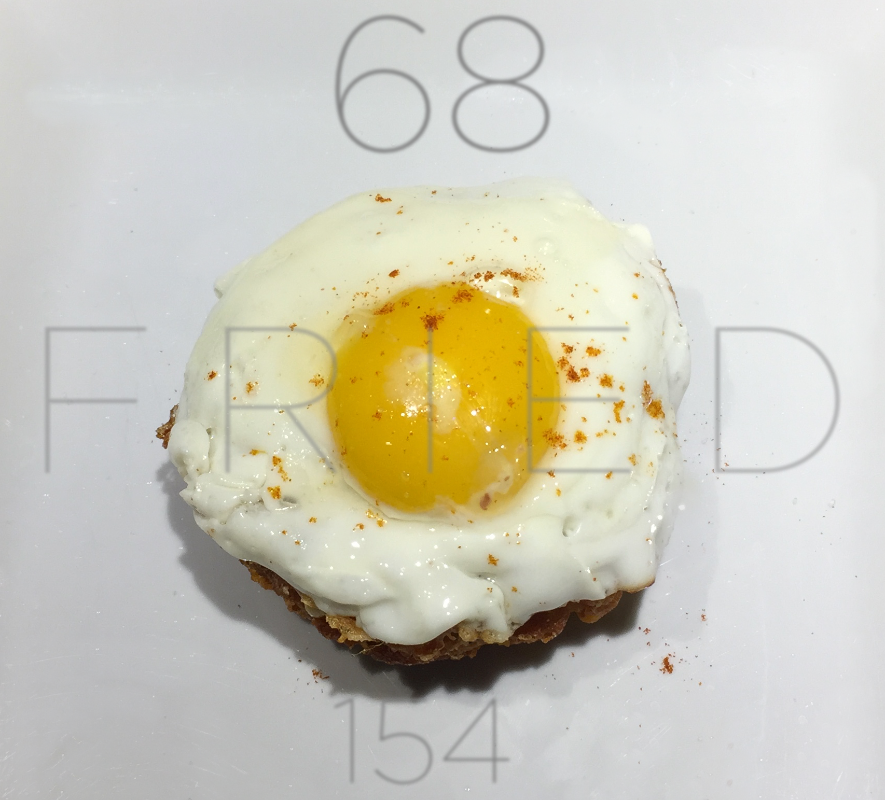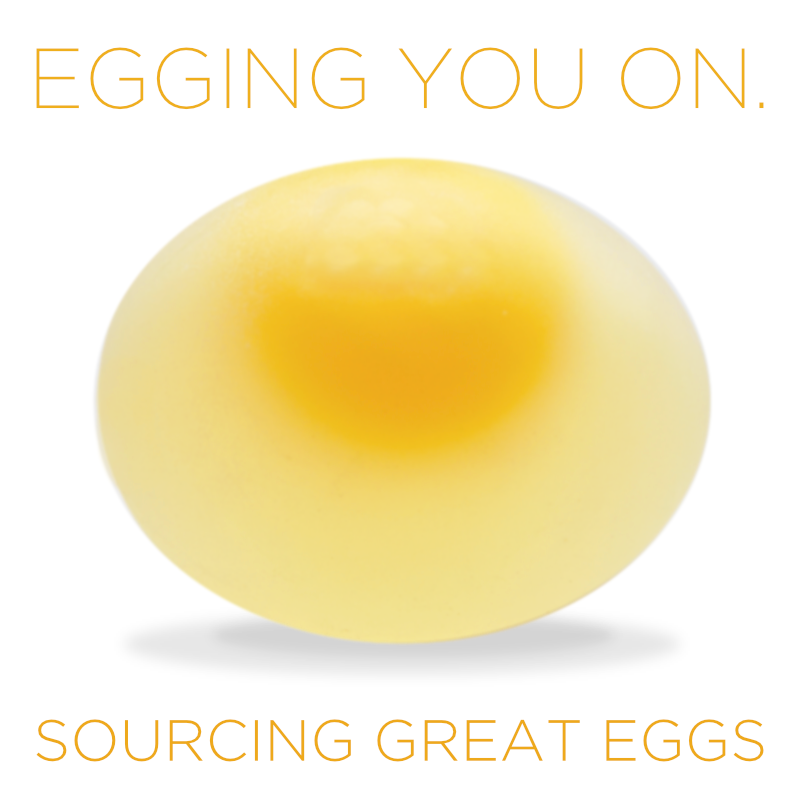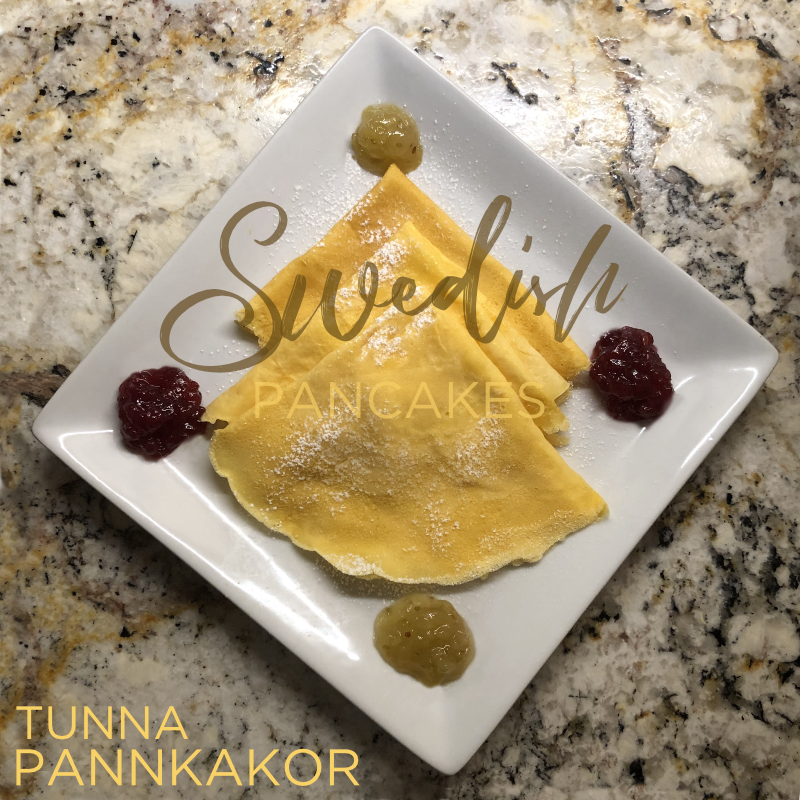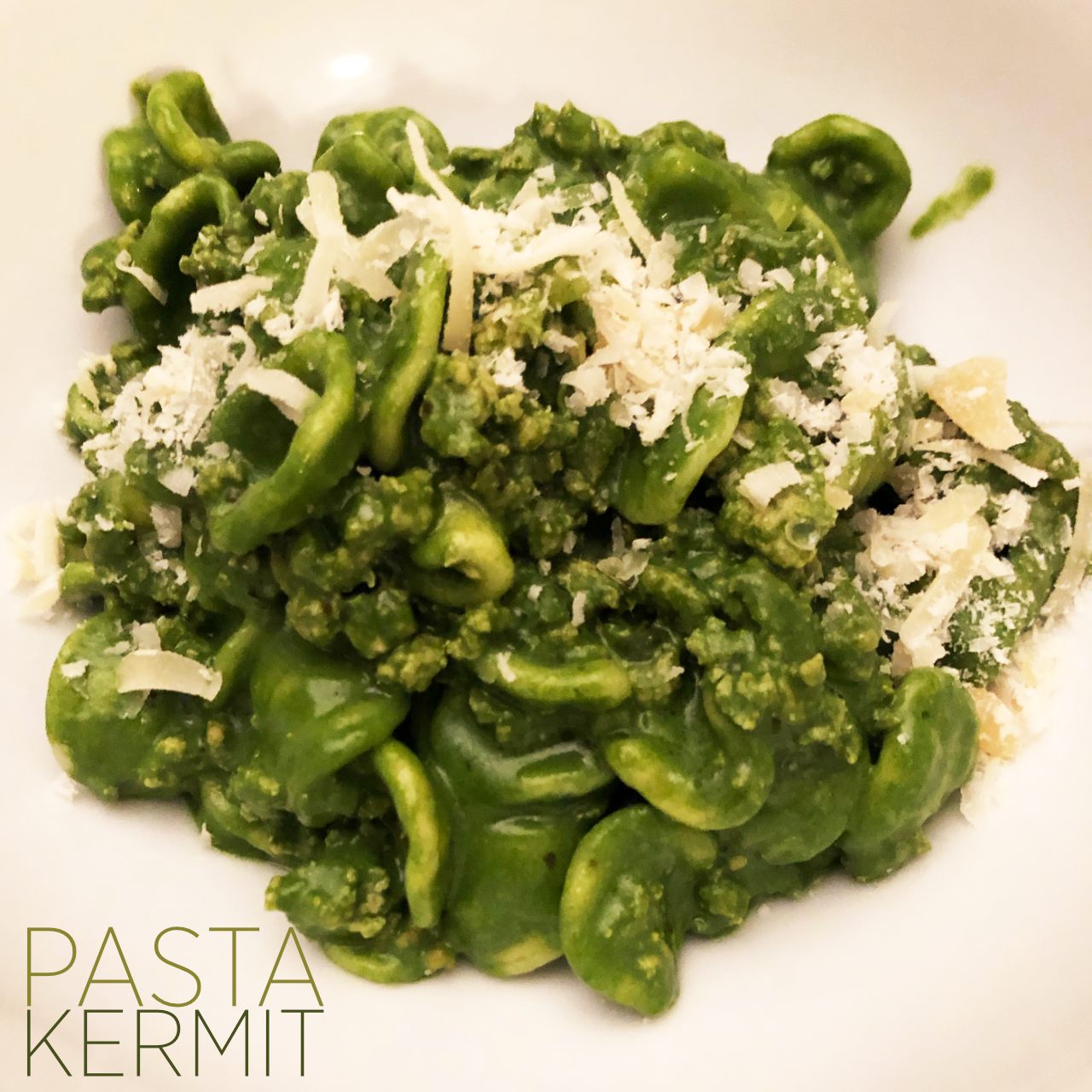Fried EGGS THAT RISE SOFTLY
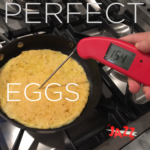 Before you begin, take a minute to read my article on Perfect Eggs, and the science that 99.95% of chefs, pro and home, ignore that will transform your egg dishes!
Before you begin, take a minute to read my article on Perfect Eggs, and the science that 99.95% of chefs, pro and home, ignore that will transform your egg dishes!
Even fried eggs benefit from low and slow. Another place where 68°C/154°F, the perfect temperature for an egg to do the “construction” of the amino-acid protein chains that form lattices to let it rise, works so well.
For fried eggs, we are all used to superheating a pan, dropping our egg in, and watching it sear immediately.
That’s great if you’re trying to make rubber egg novelties for magic shops, or you like releasing a lot of free radicals into your body with burnt eggs and oils, but you can get a nice light fluffy fried egg that you can actually have the time to shape to fit any space, and watch it RISE!
You can’t have a great fried egg without paying attention to the eggs that you buy, and how you clean and store them. Read my article on how to shop for them, avoid the egg scams, and buying unsafe eggs.
SERVES: 1
INGREDIENTS
- One Vital Farms pasture-raised egg
- 1 tsp Organic Valley Purity Farms Ghee
- pinch Himalayan pink salt
- pinch SpiceJungle ground white pepper
MISE EN PLACE
- Egg
- Salt container
- White pepper container
- Small omelette pan
- Ghee jar
- Silicone brush
HOW TO:
- Have a silicon spatula at the ready. Preheat a ceramic or other non-stick pan to 68°C/154°F using low enough heat to maintain a range no higher than 168°F.
- Spoon out a tsp of Ghee on to your pan. Brush to distribute evenly with the silicone brush around the pan bottom.
- Crack your egg, and put it in, and it won’t sizzle. In fact, it will spread across the pan, and you’ll think I’m an idiot for ruining a good fried egg.Not so fast! Take your spatula, and, as the edges of the egg slowly cook, just reshape them however you want by scraping the loose, semi-cooked egg back into the shape that you want. If you make a lot of omelettes, and you were taught to “bleed” the thicker parts to the edges of the pan, then you are used to working with egg mixtures this way, so why not a fried?
- Let it rise. You’ll notice, as you prep your other stuff, that the white will rise about 3mm or 1/8″. That’s the lattices at work, without overcooking the egg. We look for the yolks to be “done” on a high temp egg in about 2 min. It’s about 4-6 min. cooking low temp. When it develops that color and hardness that you’ve seen in the “quick” egg, remove it from the heat and plate it.
I shaped this egg to conform exactly to the size of the green chile corn cake that I put it on, but I’ve done all kinds of fun and crazy fried egg shapes because you can control that easily by adding time and dropping temp. The white starts to rise, and the yolk cooks through in about 4-8 minutes, roughly depending on your pan and stove.

